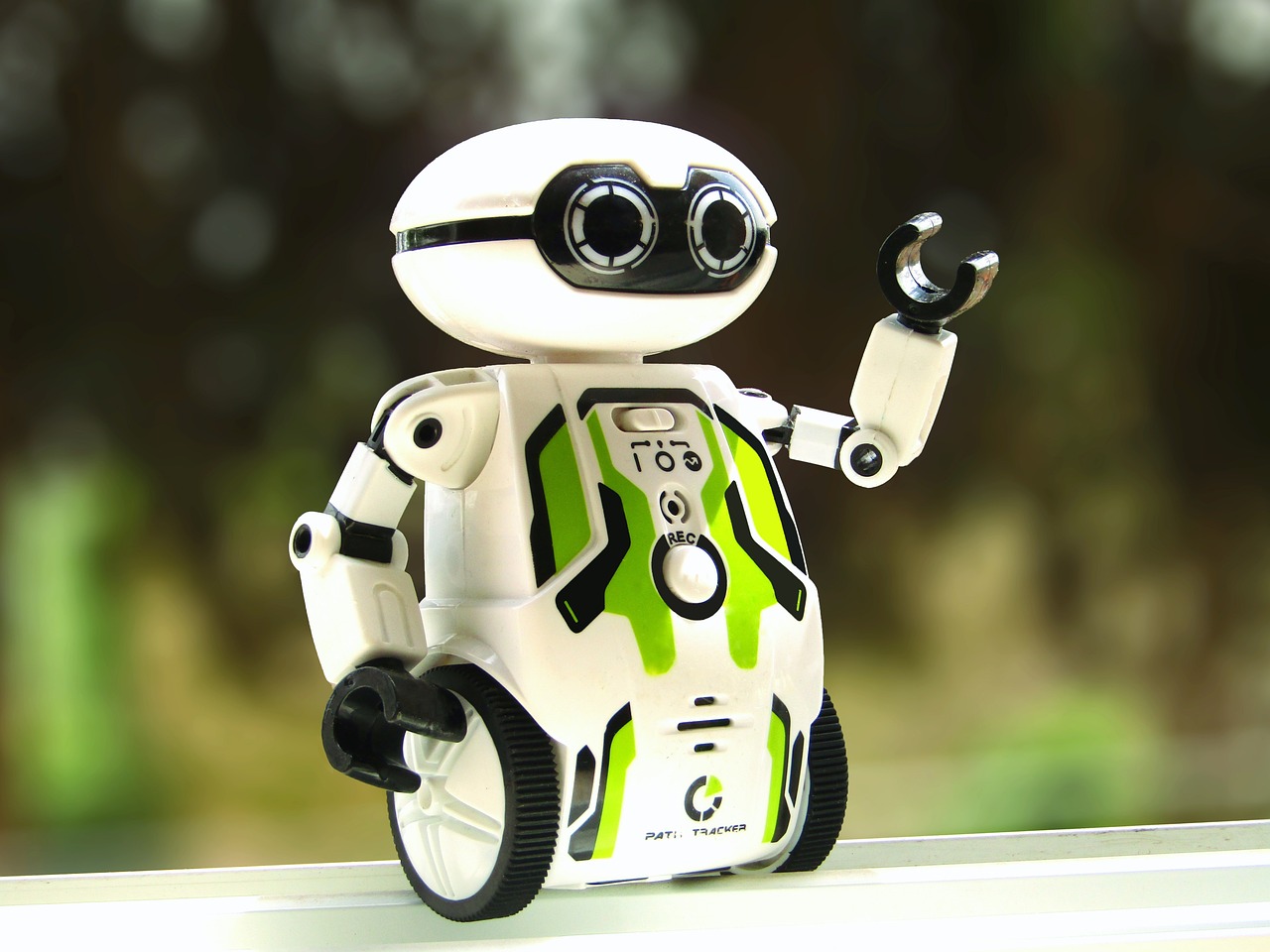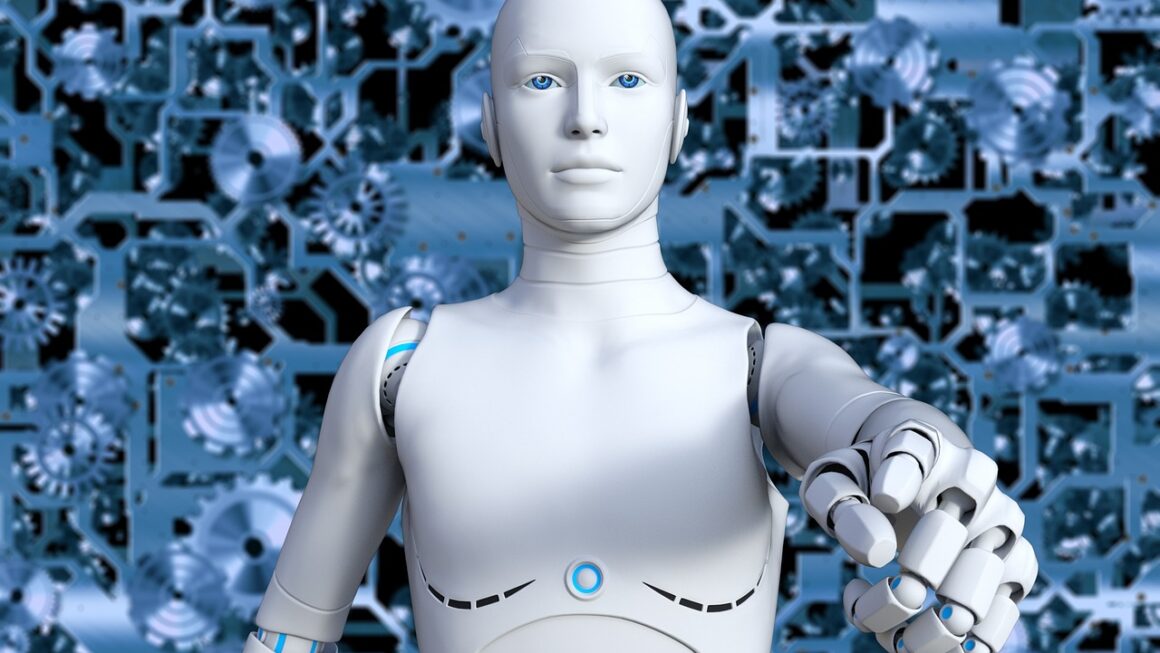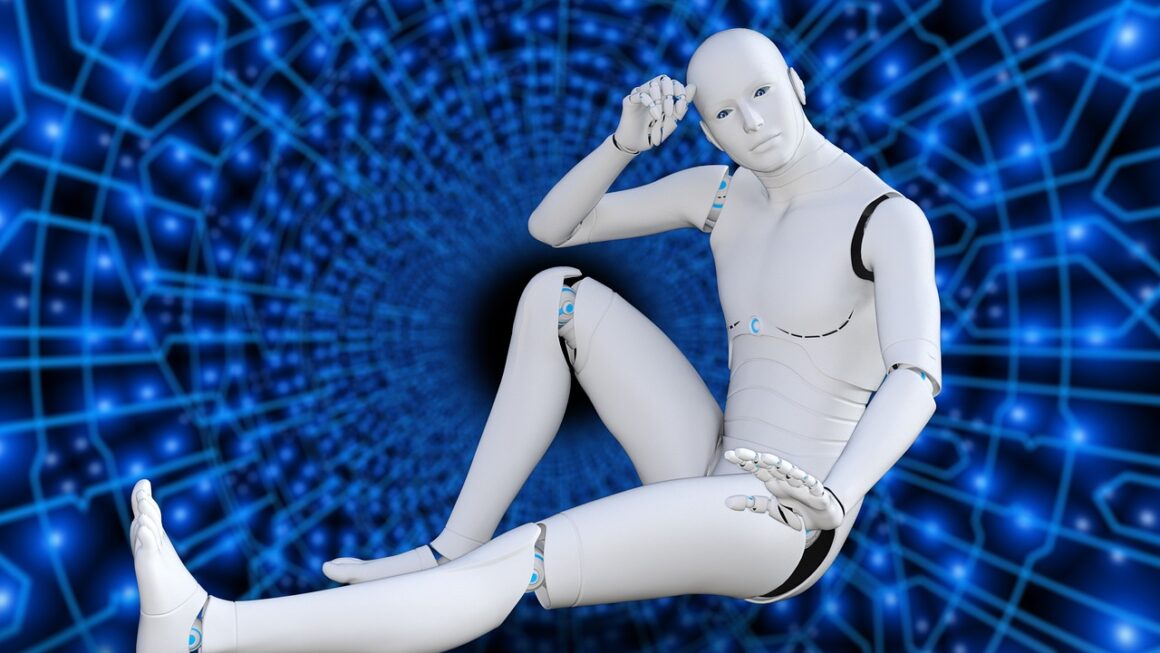OpenAI is at the forefront of artificial intelligence research and deployment, pushing the boundaries of what’s possible with AI technology. From creating sophisticated language models like GPT-4 to developing innovative tools for code generation and image creation, OpenAI is transforming industries and redefining our relationship with technology. This blog post delves into the details of OpenAI, exploring its mission, key technologies, applications, and future directions.
What is OpenAI?
OpenAI is an artificial intelligence research and deployment company. Its mission is to ensure that artificial general intelligence (AGI) benefits all of humanity. The organization conducts research in a variety of AI fields, including machine learning, robotics, and economics, with a focus on developing and deploying AI technologies in a safe and beneficial manner.
OpenAI’s Core Mission
OpenAI’s core mission is built around:
- Developing beneficial AGI: AGI refers to AI systems that can perform any intellectual task that a human being can. OpenAI aims to create AGI safely and responsibly, ensuring it aligns with human values.
- Open-source research: While some of its models are proprietary, OpenAI historically shared its research and code to foster collaboration and accelerate progress in the field. However, as models become more powerful, they have moved towards a more restricted approach.
- Broad benefit sharing: OpenAI aims to distribute the benefits of AI technologies widely, ensuring they are accessible and contribute to societal well-being.
History and Development
Founded in December 2015 by Elon Musk, Sam Altman, and others, OpenAI began as a non-profit research company. Over time, it transitioned into a “capped-profit” model, balancing its research mission with the need for resources to develop increasingly complex AI systems. Key milestones include:
- 2018: Released GPT-1, showcasing early natural language processing capabilities.
- 2019: Released GPT-2, demonstrating impressive text generation abilities, but raised concerns about potential misuse, leading to a phased release.
- 2020: Launched GPT-3, a significantly more powerful language model with applications ranging from content creation to code generation.
- 2022: Introduced DALL-E 2, a revolutionary text-to-image generation model.
- 2023: Released GPT-4, an even more advanced multimodal model that can accept image and text inputs, and delivers more reliable, creative, and collaborative outputs.
Key Technologies Developed by OpenAI
OpenAI has developed several groundbreaking AI technologies that are transforming various industries. These technologies are the foundation for many AI applications we see today.
GPT Series: Generative Pre-trained Transformer
The GPT series represents OpenAI’s flagship language models. These models use deep learning to generate human-like text and are trained on massive datasets.
- GPT-3: A powerful model capable of writing articles, generating code, translating languages, and answering questions with remarkable accuracy. It boasts 175 billion parameters. For example, a company can use GPT-3 to generate marketing copy for its products or create chatbots for customer service.
- GPT-3.5: An improvement over GPT-3, refined through reinforcement learning from human feedback (RLHF) to be more aligned with human preferences and instructions.
- GPT-4: The latest generation, GPT-4, is multimodal, meaning it can accept both image and text inputs. It’s more reliable, creative, and can handle more nuanced instructions than its predecessors. Example: you can upload a photo of your hand-drawn website design, and GPT-4 can generate the HTML/CSS code.
DALL-E: Text-to-Image Generation
DALL-E and DALL-E 2 are AI systems that can create realistic images and art from natural language descriptions.
- Capabilities: DALL-E can generate diverse and imaginative images based on user prompts, edit existing images, and create variations of an image in different styles.
- Practical Applications: DALL-E is used in content creation, marketing, and design, allowing users to visualize and generate custom images easily. For example, a user could prompt DALL-E to create “a photorealistic image of a cat wearing a spacesuit on Mars.”
Codex: Code Generation
Codex is an AI system that translates natural language into code. It powers GitHub Copilot, an AI pair programmer that helps developers write code faster and more efficiently.
- Functionality: Codex can understand and generate code in various programming languages, making it a valuable tool for both novice and experienced programmers.
- Real-World Usage: Developers use Codex to automate repetitive tasks, generate code snippets, and explore new programming languages. For example, a developer could type “create a function that sorts a list of numbers” and Codex would generate the corresponding code in Python or JavaScript.
Applications of OpenAI Technologies
OpenAI technologies have a wide range of applications across various industries. Here are some notable examples.
Content Creation and Marketing
OpenAI’s GPT models are widely used for content creation and marketing purposes.
- Generating blog posts and articles: Companies can use GPT models to quickly generate high-quality content for their websites and blogs.
- Creating marketing copy and ad campaigns: AI-powered copywriting tools can help businesses create compelling marketing messages and ad campaigns that resonate with their target audience.
- Automating social media content: GPT models can generate social media posts, captions, and engaging content to maintain a consistent online presence.
Customer Service and Support
Chatbots powered by OpenAI’s language models are transforming customer service and support.
- Providing instant customer support: AI chatbots can answer customer queries, resolve issues, and provide personalized recommendations 24/7.
- Automating routine tasks: Chatbots can handle routine tasks such as order tracking, appointment scheduling, and FAQ responses, freeing up human agents to focus on more complex issues.
- Improving customer satisfaction: By providing fast and efficient support, AI chatbots can enhance customer satisfaction and loyalty.
Software Development and Programming
OpenAI’s Codex and related tools are revolutionizing software development.
- Automating code generation: Developers can use Codex to automatically generate code snippets, reducing the time and effort required for coding tasks.
- Assisting with debugging and code review: AI tools can help identify and fix bugs in code, as well as provide suggestions for improving code quality.
- Accelerating software development: By automating various aspects of the development process, OpenAI technologies can help teams deliver software faster and more efficiently.
Education and Research
OpenAI technologies are also finding applications in education and research.
- Personalized learning: AI-powered tutoring systems can provide personalized learning experiences tailored to each student’s needs and learning style.
- Research assistance: GPT models can assist researchers with literature reviews, data analysis, and report writing.
- Language learning: AI tools can help language learners practice speaking, writing, and understanding new languages through interactive exercises and personalized feedback.
Ethical Considerations and Challenges
While OpenAI technologies offer numerous benefits, they also raise important ethical considerations and challenges.
Bias and Fairness
AI models can perpetuate and amplify biases present in the data they are trained on.
- Addressing bias: OpenAI is actively working to mitigate bias in its models through careful data curation, bias detection techniques, and fairness-aware training methods.
- Promoting fairness: Ensuring that AI technologies are fair and equitable for all users is a key priority for OpenAI.
Misinformation and Abuse
Powerful language models can be used to generate fake news, propaganda, and other forms of misinformation.
- Detecting and combating misinformation: OpenAI is developing tools and techniques to detect and combat the spread of misinformation generated by AI models.
- Promoting responsible use: OpenAI encourages responsible use of its technologies and works with users to prevent misuse.
Job Displacement
The automation capabilities of AI technologies may lead to job displacement in certain industries.
- Supporting workers: OpenAI advocates for policies and initiatives that support workers affected by automation, such as retraining programs and universal basic income.
- Creating new opportunities: While some jobs may be displaced, AI technologies can also create new opportunities in areas such as AI development, data science, and AI ethics.
Conclusion
OpenAI is driving significant advancements in artificial intelligence, with technologies like GPT-4, DALL-E, and Codex transforming various industries. While ethical challenges remain, OpenAI’s commitment to safe and beneficial AI development positions it as a key player in shaping the future of technology. By understanding the capabilities and applications of OpenAI’s technologies, we can better leverage AI to solve complex problems and improve the world around us. Moving forward, OpenAI will undoubtedly continue to innovate and push the boundaries of what’s possible with AI, making it an organization to watch closely.




